Withings Pulse HR Review
Withings Pulse HR Review
A no thrills rival to the Fitbit Charge 3
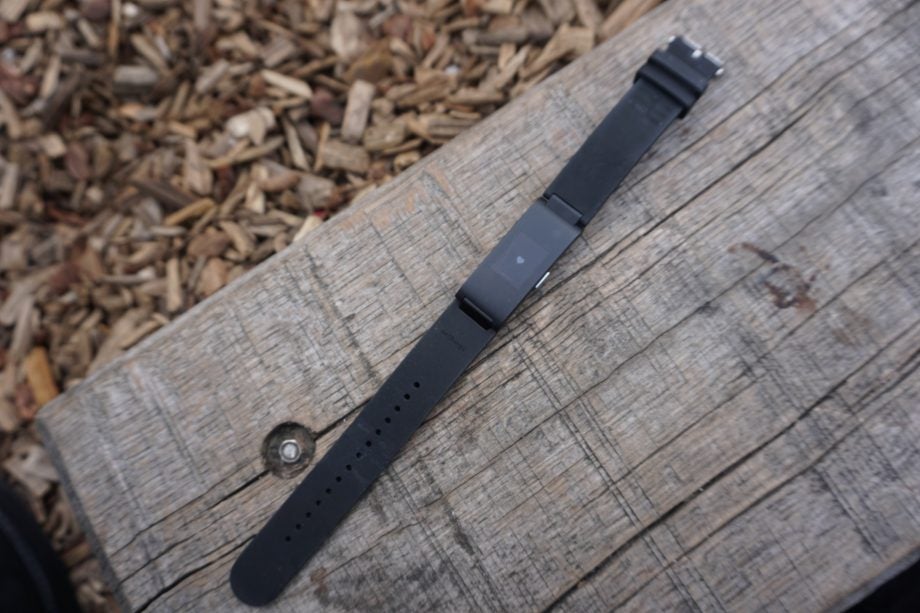
Verdict
Aside from the stellar battery life the Withings Pulse HR is a very basic, no-thrills fitness tracker
Pros
- Great battery life
- Sleek design
- Easy to use
Cons
- No in-built GPS
- Tracked data isn't always uniform
Key Specifications
- Review Price: £119.95
- Up to 20 days battery life
- Water resistant up to 50m
- High precision MEMS 3-axis accelerometer, Light sensor, photoplethysmography (PPG)
- Multi-sport tracking
- OLED screen
What is the Withings Pulse HR?
The Pulse HR is the latest rival to Fitbit’s ruling Charge 3. The compact, water-resistant fitness tracker seeks to differentiate itself by offering users an insane 20-day battery life. This, coupled with its pleasingly unassuming design and £120 price, makes it on paper at least a great choice for casual joggers and newbie gym-goers.
And for the most part, for those who are after basic step, sleep and cardio tracking, the Pulse HR will do the job. However, issues with its connected GPS and the lack of even semi-advanced features stop it from being the best tracker you can get at this price.
The Fitbit Charge 3 remains the best fitness tracker, with moderately serious athletes better off investing a little more for the Garmin Vivosport, which has a more advanced portfolio of sensors and integrated GPS.
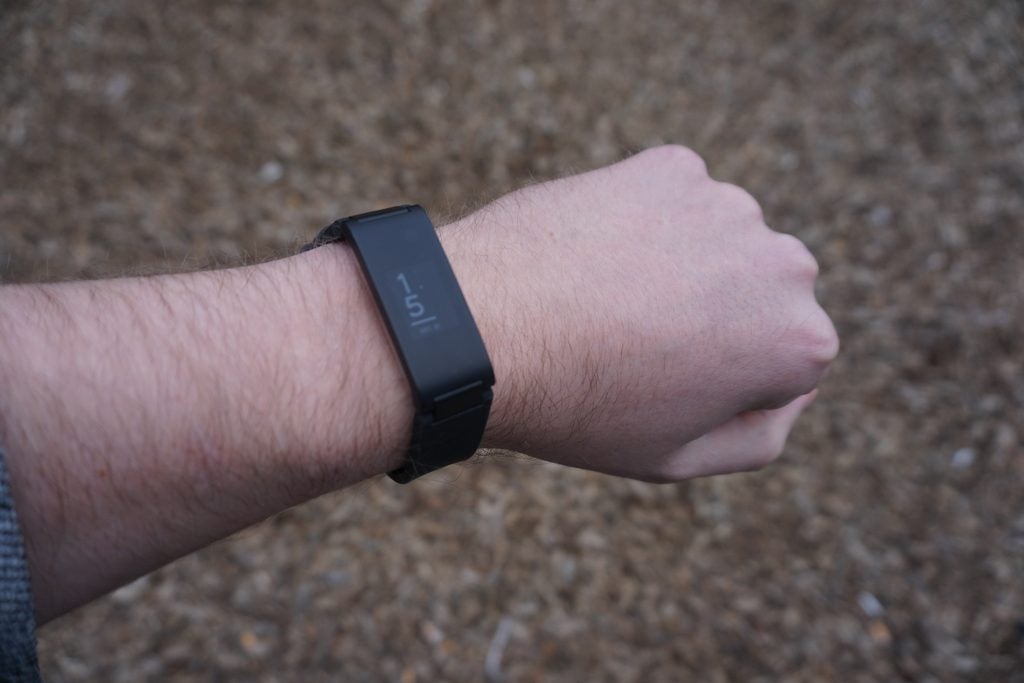
Withings Pulse HR – Design
The Pulse HR’s biggest selling point is its sleek-looking design. The smooth-finish black rubber strap and mixed metal and plastic body have a pleasingly unassuming look; this is further enhanced by the OLED display’s matte finish, which stops it catching the light.
The only flourishes are the body’s stainless steel underside and aluminium strap hinge. Alongside its light weight of 45g, the Withings Pulse HR is a comfortable-to-wear tracker that will be equally appropriate worn at home or in office as it is in the gym.
It also ticks many of the right boxes when it comes to build quality. The 5-ATM water-resistance rating means it should survive the odd aquatic adventure to depths of up to 50 metres. Smashing it into a wall while doing stair sprints, I can also personally attest to its ruggedness.
The control system is sufficiently intuitive that most folk will be able to use the Pulse HR without having to reach for the instruction manual.
The Pulse HR is primarily controlled via a single button on the right. A short press scrolls through the menu system, displaying basic items such as the time, your heart rate and step count. A long press opens up the exercise tracking menu and starts and stops workouts. You can also scroll through menus by tapping the screen, but that’s the only touch functionality.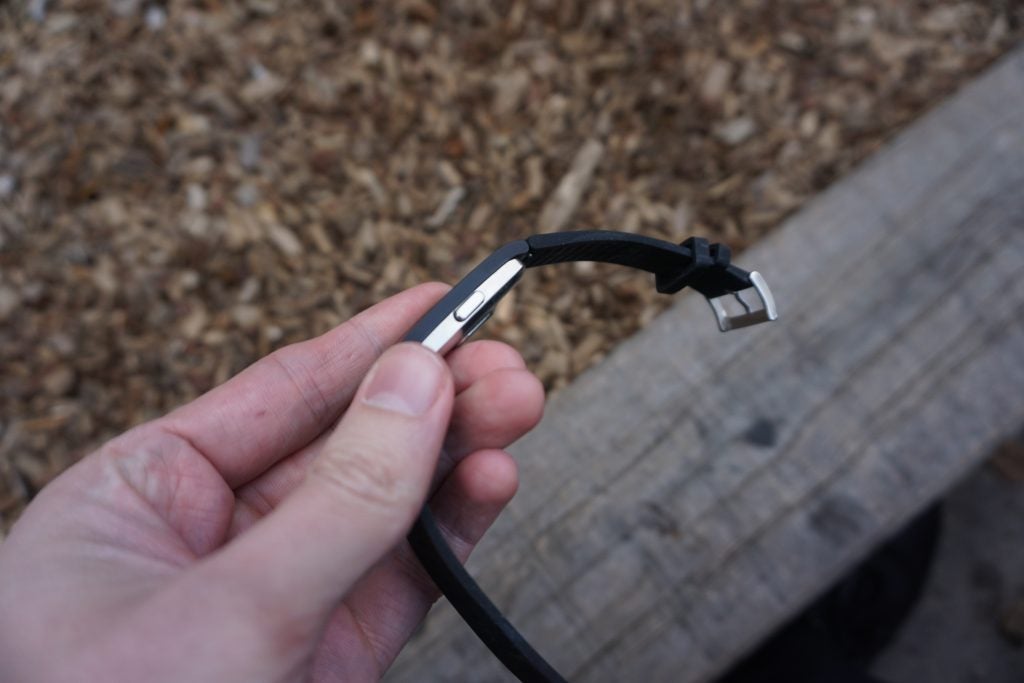
Under the hood you’ll find the usual selection of sensors common to trackers at this price. These include a photoplethysmography (PPG) heart rate monitor, high-precision MEMS 3-axis accelerometer and a light sensor. The lack of integrated GPS will annoy serious athletes – but on paper, the connected GPS means the wearable should be able to offer runners and cyclists accurate location data when the device is paired with a smartphone (iOS and Android compatible).
The two issues I have regarding the Pulse HR’s design stem from its finicky strap design and low-resolution screen. During prolonged workouts I found the silicone strap hook had a tendency to move, leaving the excess rubber flailing, which proved seriously annoying mid-workout.
Icons on the monotone OLED screen are clearly pixelated and less sharp than those found on the Fitibit Charge 3. This isn’t too much of an issue given the lack of smartwatch features – which are limited to basic notifications – but it’s one of the only things about the tracker that feels slightly low-end.
Thankfully, the Withings Pulse HR’s battery life helps make up for this. After two weeks of regular use, I’m yet to have to top up the Pulse HR via the mains. Regular use has entailed using the device to track a ride on an exercise bike each morning without GPS, plus two runs over the weekend with location tracking turned on, plus constant notifications and heart rate monitoring. The same workload is guaranteed to kill most trackers I test within a week, including the Vivosport.
Related: Best running watches
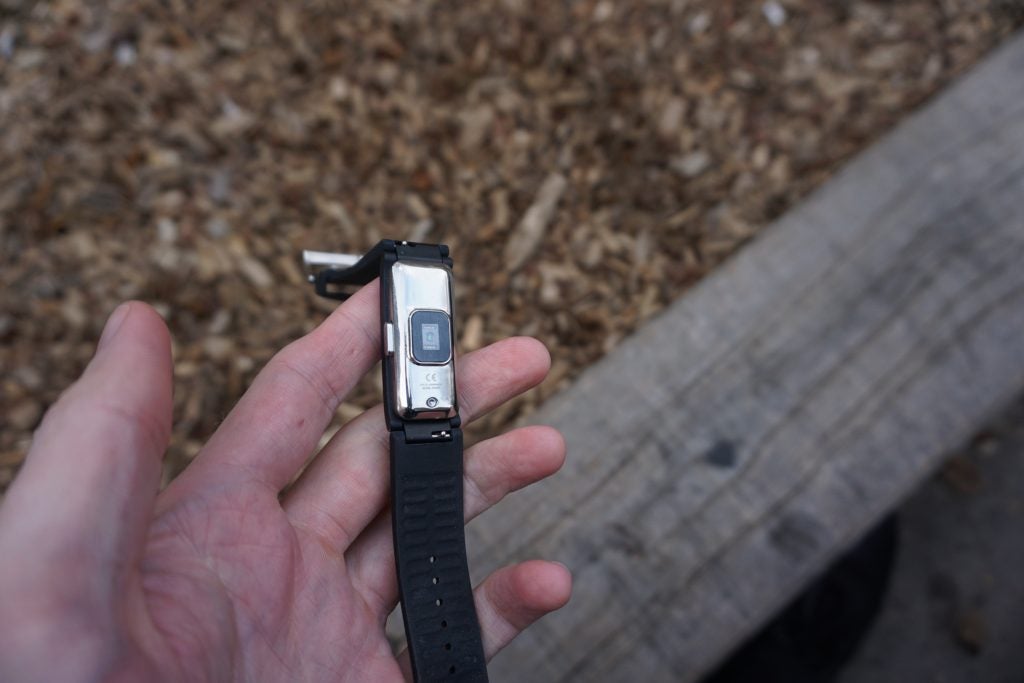
Withings Pulse HR – Software and tracking
As trackers go, the HR Pulse is intentionally very basic. Workout tracking options are limited to the basics, covering running, swimming, cycling and “other” – which I assume accounts for the remainder of the 10 activities Withings quotes the device as tracking. A multi-sport option works well enough and adds some depth, but even so the options are limited compared to competing Garmin devices that cost the same.
On device the data you’ll get is your current heart rate, step count, calories burned and distance travelled (if you have the Pulse HR paired to your smartphone). Note that there’s no way to customise the UI, so you can’t reorder the menu screens to your liking.
All this means that if you’re after anything more than basic data – if you want to monitor items such as VO2 Max estimates and a training effect, for example – the Pulse HR isn’t the tracker for you. For more casual folk the simplicity is a blessing, however.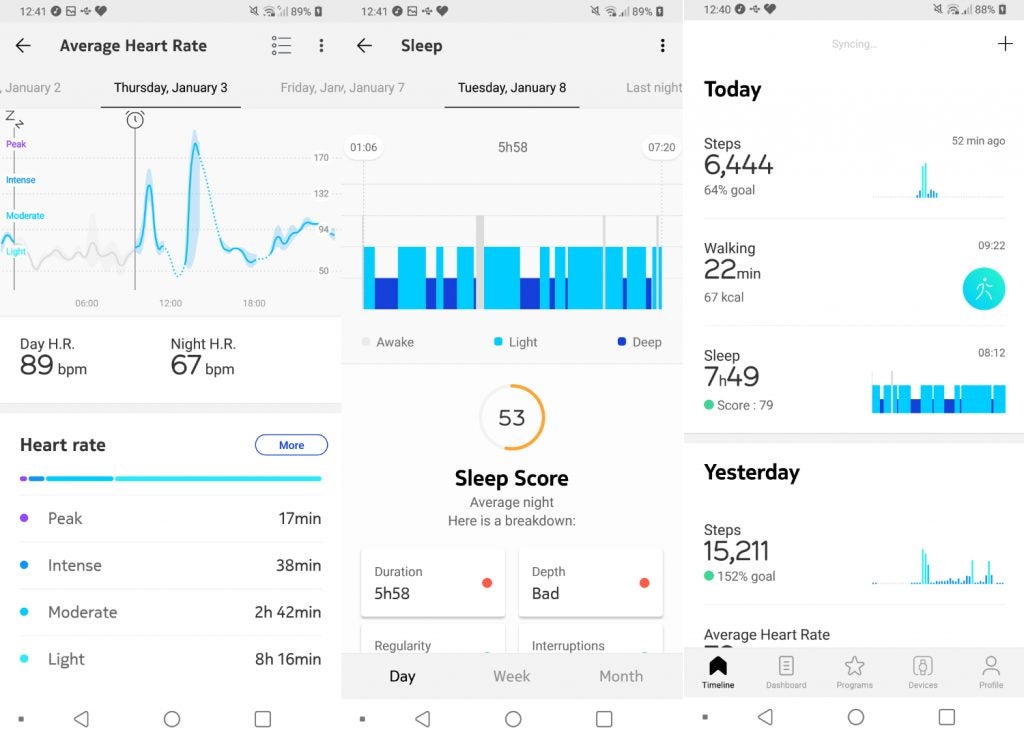
The simple UI and few options mean newbies are unlikely to become lost in the Pulse HR’s multiple menu screens and will always be able to get the data they need. The lack of customisable options also means you won’t ever find yourself unable to tweak a setting you’ve accidentally turned on – as I’ve done on a few occasions with more complex multi-sport watches.
The Health Mate app is similarly intuitive. The central screen displays a summary of your daily activity, complete with graphs for items such as sleep, and maps showing your run or cycling route.
Clicking through to an entry in the UI brings up slightly more granular data. Click on sleep and you’ll get an overall single word rating; go into a run and you can view your average lap time and heart rate zones. The menu is easy to navigate and offers a set of ratings that even newbie runners and gym-goers will be able to understand and use to track their progress.
The trouble is, the data collected isn’t always uniform. For starters, the connected GPS has a tendency to cut distance data, whether using the auto-workout feature or manually inputting into the device the time you started and finished a workout. This could be due to the fact the Pulse HR doesn’t let you wait for it to connect before it starts timing your workout. But even on runs where it indicated it had achieved a lock straight away, the device reported a distance that was 20-30 metres short on a course I know is roughly 5.3km.
The data was also out of sync with the Garmin Fenix 5 Plus and Vivosport against which I tested the Pulse HR; the former both reported the runs as roughly 5.3km. On a couple of occasions, the Pulse HR even added minute or two to the time I’d been running after I’d manually ended the workout, which was super annoying.
Wrist-based heart rate monitors aren’t as accurate as a proper HRM strap, but the Pulse HR’s performed well enough. Comparing it against the Vivosport, data wasn’t ever completely out of whack, and the heart rate zones it reported appeared uniform and good enough to tell if I’d had a decent workout.
Related: Best Fitbit
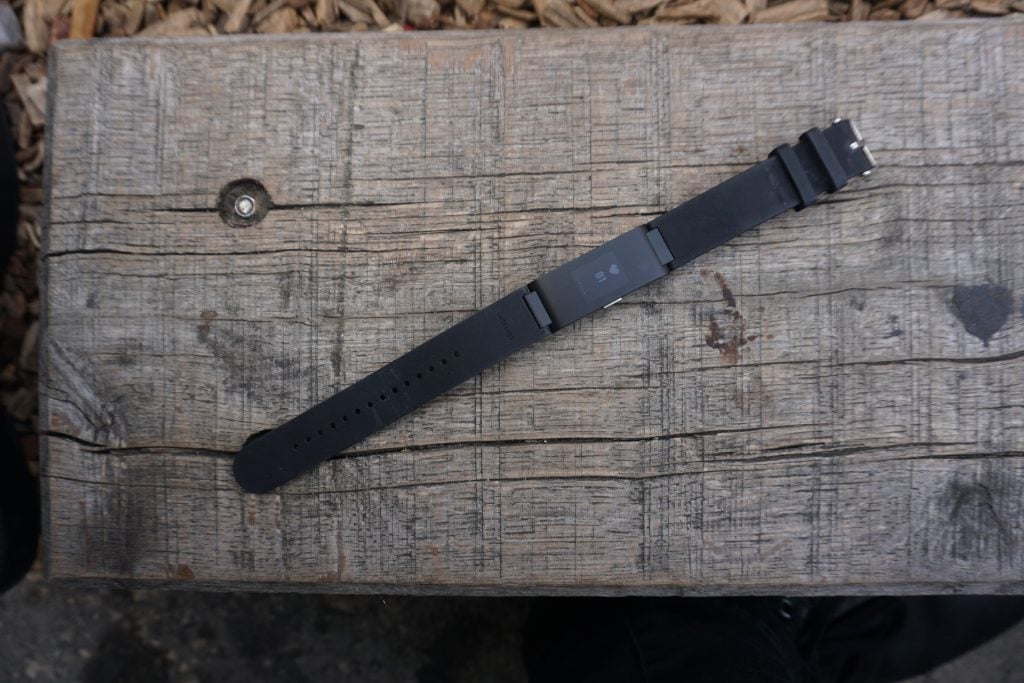
Why buy the Withings Pulse HR?
If you have money to burn and are just getting into exercising then the Pulse HR will do the job. The sleek-looking device has an easy to navigate menu system, plus a smartphone app that makes it quick and easy to get a bird’s-eye view of your progress. The stellar battery life is another unique selling point that most buyers’ will appreciate.
There are better products on the market for even moderately more serious athletes, however. The admittedly ageing Garmin Vivosport can be picked up for as little as £130 these days and comes with significantly greater tracking options, better smart features and an integrated GPS. The Fitbit Charge 3 is also slightly smarter and similarly easy to use, although it offers shorter battery life.
Verdict
A simple to use, intuitive tracker with stellar battery life that’s strictly for casual athletes.


